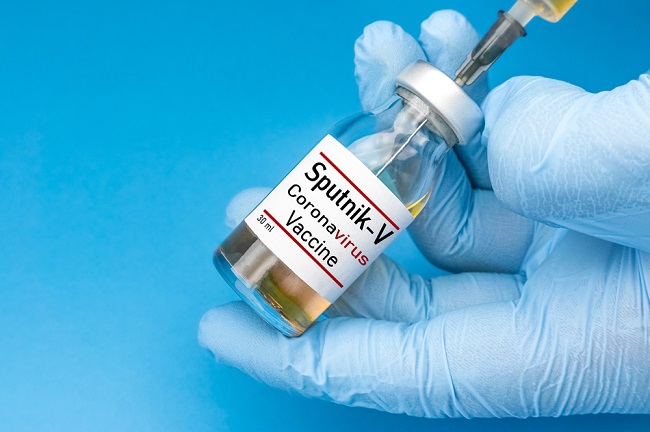Adenoidectomy is a surgical procedure to remove the adenoids or glands that are behind the nose. Adenoids function to protect the body from bacteria that enter through the nose and mouth. Adenoids also produce antibodies that are useful for fighting infection.
Adenoids are only found in infants and children aged 1-7 years. This important role of adenoids will eventually end with age, where the body is able to fight infection better. Adenoid tissue will shrink and disappear by itself when the child is more than 7 years old.

If the adenoids actually swell, the doctor will consider doing an adenoidectomy. Adenoidectomy aims to overcome the blockage in the nose and improve sleep quality in children. This procedure can also improve the quality of your child's voice and relieve discomfort in his ears due to fluid buildup in the middle ear.
Adenoidectomy Indications
Your doctor will consider adenoidectomy if:
- The adenoids enlarge or swell so that they block the airways.
- Recurrent middle ear infections (otitis media), in children aged 3-4 years.
- Chronic or chronic sinusitis occurs.
Adenoidectomy Warning
Adenoidectomy is only performed on pediatric patients and is rarely performed on adults. Before starting the procedure, parents are required to accompany the child and are advised to first consult with the doctor regarding the procedure, benefits, risks, and complications that may occur.
Adenoidectomy Preparation
The doctor will check the child's medical history prior to adenoidectomy, as well as perform laboratory tests.
During the preparation for adenoidectomy, parents are encouraged to provide support and attention to their child. Invite children to talk, play, sing, sleep while hugging him, or tell a story that makes him comfortable. Keep children from fear and anxiety.
Give the child a healthy and nutritious food and drink intake, the last 6 hours before the operation. If the adenoidectomy is performed in the morning, the child's stomach must still be filled the night before.
Avoid taking non-steroidal anti-inflammatory drugs (NSAIDs), such as ibuprofen and naproxen, a week before surgery. If your child has a runny nose, sore throat, cough and fever, tell the doctor. The doctor may delay the procedure for several weeks, until the child's condition improves.
Adenoidectomy Procedure
The adenoidectomy procedure generally lasts 30-45 minutes. The doctor will start the procedure by giving an anesthetic (anesthesia) injection. This injection will put the child into a deep sleep.
Doctors have a variety of techniques to remove adenoids, including:
- Cold surgical techniques. This is the most conventional and standard adenoid removal technique. This technique is done by means of a curette or scraping the adenoids with a medical device.
- Electrocauterization with a Bovie suction device. The doctor will cauterize or burn the tissue with a special electrical device. Then clean the surgical area, including sucking the remaining blood and clotting it, using a Bovie suction device.
- Coblation. This technique does not use heat energy to destroy tissue, but radio waves.
- Laser.Removal of tissue using a laser beam, but this technique is avoided because it can cause scars on the nasopharynx or cavity behind the nose and behind the roof of the mouth.
During the surgical procedure, the patient's heart condition will be monitored through a monitor to see the electrical activity of the heart, as well as an oximeter to see the level of oxygen in the blood.
After Adenoidectomy
Most patients are allowed to go home after the procedure. However, doctors still need to monitor the patient's condition for 4-5 hours after the procedure.
After adenoidectomy, the patient will usually experience nausea because the anesthetic has not completely disappeared. For several weeks after an adenoidectomy, your child may have a fever, sore throat, snoring, mouth breathing, and sores in the mouth.
Increase fluid intake to keep the body hydrated, to prevent sore throat. An ice pack can also be used to relieve pain and swelling by placing it around the child's neck.
During the healing period, avoid giving your child hot, hard, crunchy, and spicy foods. To relieve sore throat, choose foods and drinks such as pudding, soft chicken or beef, cooked vegetables that are soft textured, fruit juices, yogurt, or ice cream.
Make sure your child gets plenty of rest and doesn't do strenuous and strenuous activities during the first week after surgery. Talk to your doctor about the right time for your child to go back to school and play.
Adenoidectomy Risks
Adenoidectomy rarely poses risks. However, if it occurs, it can be in the form of fever, swelling or redness in the eyes and nose, heavy or sudden bleeding from the nose, and headaches that do not go away despite taking medication from a doctor. Consult your doctor about these risks before agreeing to this procedure.









